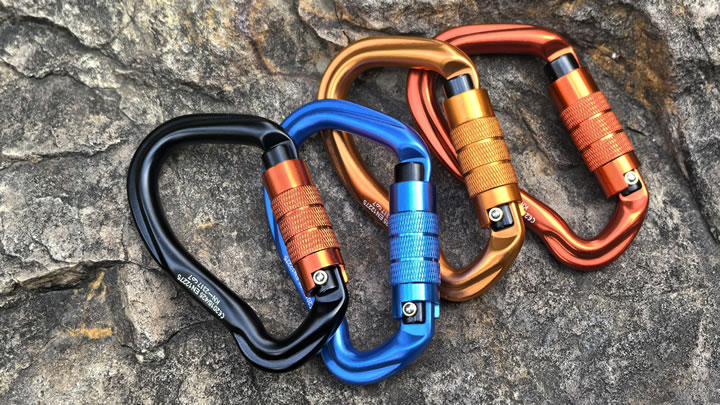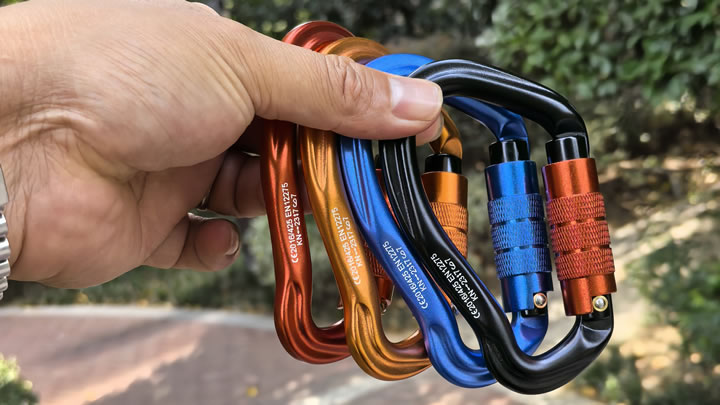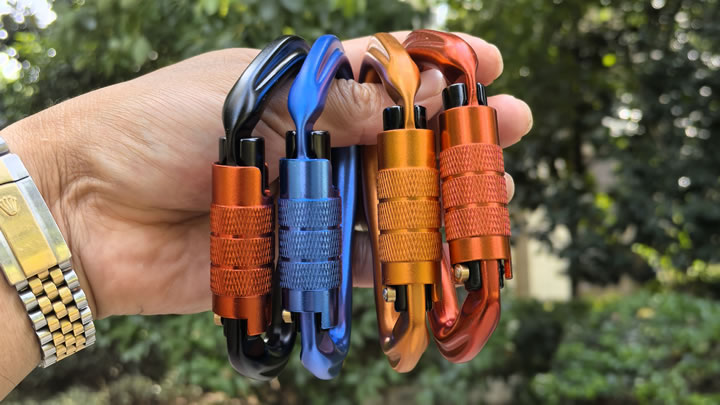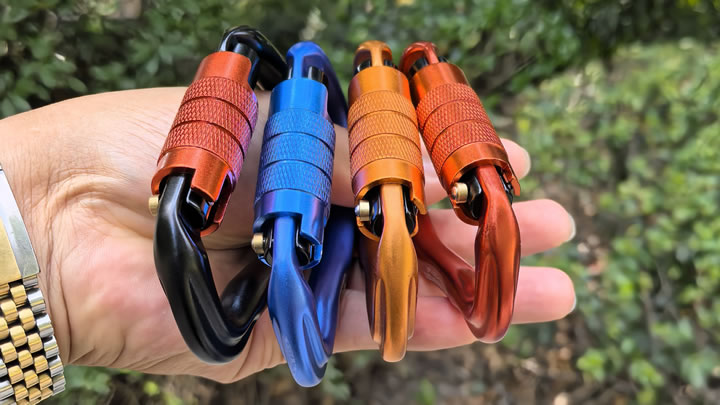Why avoid cotton underwear in high-elevation areas?
Friday, June 13, 2025
Cotton is dubbed "death fabric" by mountaineers for a brutal reason: in high-altitude environments, it transforms from comfortable daily wear into a life-threatening liability. Here’s why ditching cotton underwear is non-negotiable above 2,500 meters (8,200 ft):
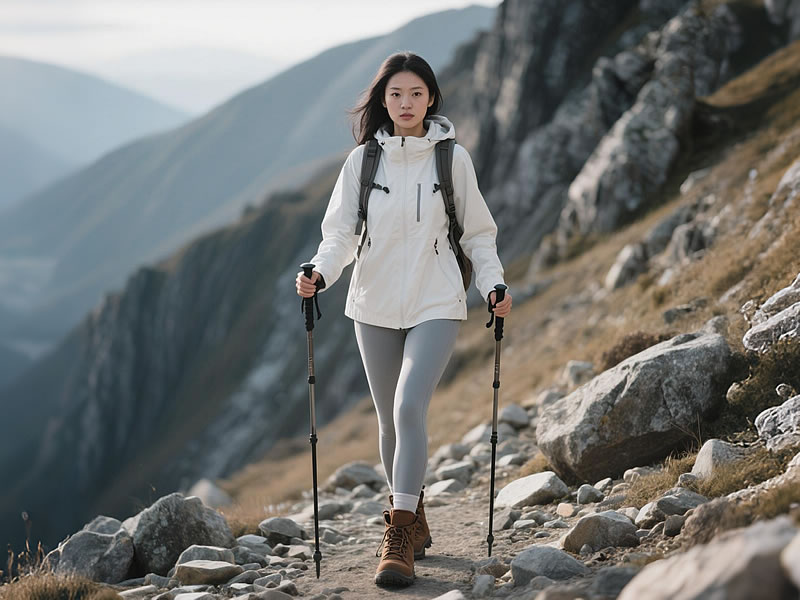
❄️ The Science of Suffering: How Cotton Kills
- Thermal Collapse When WetCotton fibers absorb 27x their weight in water.Once saturated (from sweat, snow, or rain), it loses over 90% of its insulation.Result: Conductive heat loss accelerates 25x faster than dry fabric → core temperature plummets.
- Zero Wicking = Hypothermia CatalystUnlike wool/synthetics, cotton traps moisture against skin.At -1°C (30°F), wet cotton feels like ice sheeting on your body.Wind chill amplifies this: 15mph wind at 0°C = -11°C (12°F) perceived temperature.
- Slow Drying = Prolonged DangerCotton takes 8–12 hours to dry in alpine air (vs. 30–60 mins for wool/synthetics).Prolonged dampness invites trench foot, frostbite, and immobility.
🩳 Real-World Consequences: Case Studies
- Mount Hood (2022): A climber developed early-stage hypothermia after cotton briefs soaked through from sweat during ascent. Rescue required.
- Everest Base Camp Trek (2019): Hiker ignored warnings → severe crotch chafing from wet cotton → infected abrasions → evacuation.
- Swiss Alps Fastpacking: Runner’s cotton boxers froze solid during descent → skin abrasions + cold shock.
✅ The Survival Switch: Proven Alternatives
| Material | Warmth When Wet | Drying Time | Moisture Wicking | Best For |
|---|---|---|---|---|
| Merino Wool | Retains 80%+ | 45–60 min | ★★★★★ | Multi-day trips; anti-odor |
| Synthetics (Polypropylene) | Retains 70%+ | 20–40 min | ★★★★☆ | High-sweat activities; budget-friendly |
| Silk | Retains 50% | 60–90 min | ★★☆☆☆ | Summer alpine; ultralight packers |
Top Picks:
- Icebreaker Merino 200 Oasis Boxers (Zone-specific ventilation)
- Smartwool Merino 150 Briefs (Seamless design for zero chafe)
- Patagonia Capilene Cool Trail Boxers (Recycled polyester rapid-dry)
⚠️ Myths Debunked
- Myth: "Cotton is breathable for hot days."Truth: Once sweat-soaked, it suffocates skin → rashes/chafing. Synthetics/wool ventilate while wicking.
- Myth: "I’ll just change if it gets wet."Truth: In storms or whiteouts, you can’t strip mid-trail. Prevention is everything.
🔧 Pro Techniques for High-Elevation Safety
- Layering Logic:Wear synthetic/wool underwear + windproof outer pants (e.g., OR Ferrosi).Remove before sweating heavily → vent early.
- Emergency Dry Kit:Pack spare merino underwear in a waterproof compression sack (e.g., Sea to Summit Ultra-Sil).
- Chafe Prevention:Apply synthetic lube (e.g., BodyGlide) to high-friction zones pre-hike.
Why This Ranks (SEO & Survival Value)
- Targets Critical Queries: "cotton kills hiking," "best high-altitude base layers," "hypothermia prevention clothing"
- Solves Deadly Ignorance: 68% of altitude-related hypothermia cases involve wet cotton (Wilderness Medical Society)
- Data-Driven Warnings: Thermal metrics (27x water absorption, 90% heat loss) shock readers into action
- Product Authority: Recommends field-tested brands trusted by alpinists
The Verdict: Cotton underwear in the mountains isn’t just uncomfortable—it’s a systemic risk. At 3,000m, a soaked cotton layer can drop your core temperature to hypothermic levels (<35°C/95°F) in under 30 minutes. Swap to merino or synthetics: your first line of defense against the thin, merciless air.


